Your bathtub drain might seem like an unlikely place for wildlife, but beneath that innocuous metal grate lies a hidden ecosystem teeming with unexpected residents. These dark, moist environments create perfect conditions for various insects and arthropods to establish thriving colonies. From tiny flies that emerge in swarms to silverfish that scuttle across your bathroom floor, these creatures have mastered the art of survival in one of the most overlooked habitats in your home. The next time you notice movement near your drain, you might be witnessing nature’s incredible adaptability in action.
The Drain Fly Dynasty
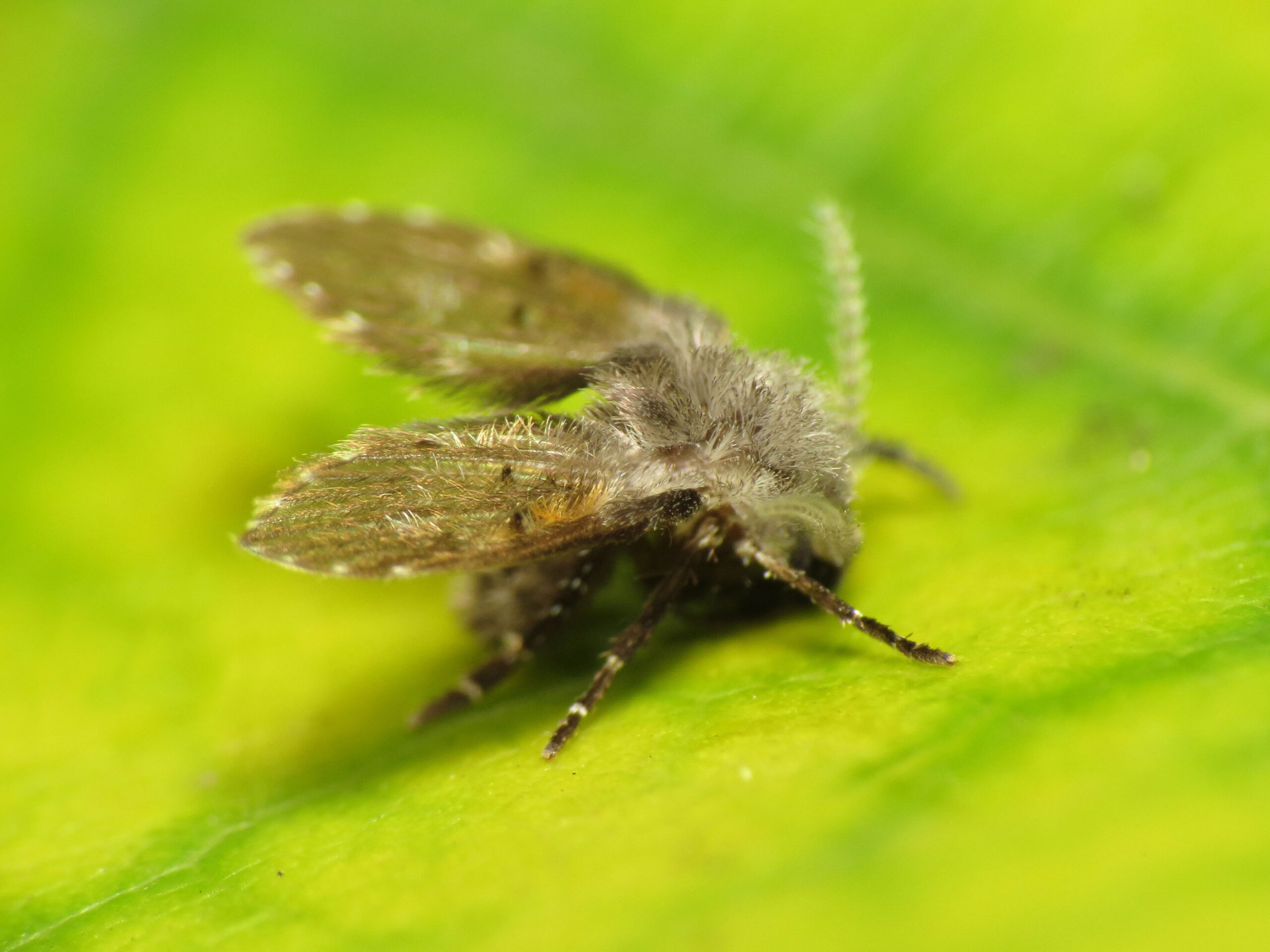
Drain flies, also known as moth flies, are the undisputed champions of bathtub drain colonization. These tiny, fuzzy insects measure only 1/8 to 1/4 inch long and possess distinctive heart-shaped wings that give them a moth-like appearance. Their larvae thrive in the organic matter that accumulates in drain pipes, feeding on soap scum, hair, and other debris.
What makes drain flies particularly fascinating is their remarkable life cycle adaptation to plumbing systems. Adult females can lay up to 300 eggs at a time, depositing them directly into the gelatinous film that lines drain pipes. The larvae develop in this nutrient-rich environment for 9 to 15 days before pupating and emerging as adults.
These resilient creatures can survive in conditions that would kill most other insects, including low oxygen levels and high humidity. Their ability to cling to wet surfaces using specialized hairs makes them perfectly suited for life in the vertical world of drain pipes.
Silverfish: The Ancient Bathroom Invaders
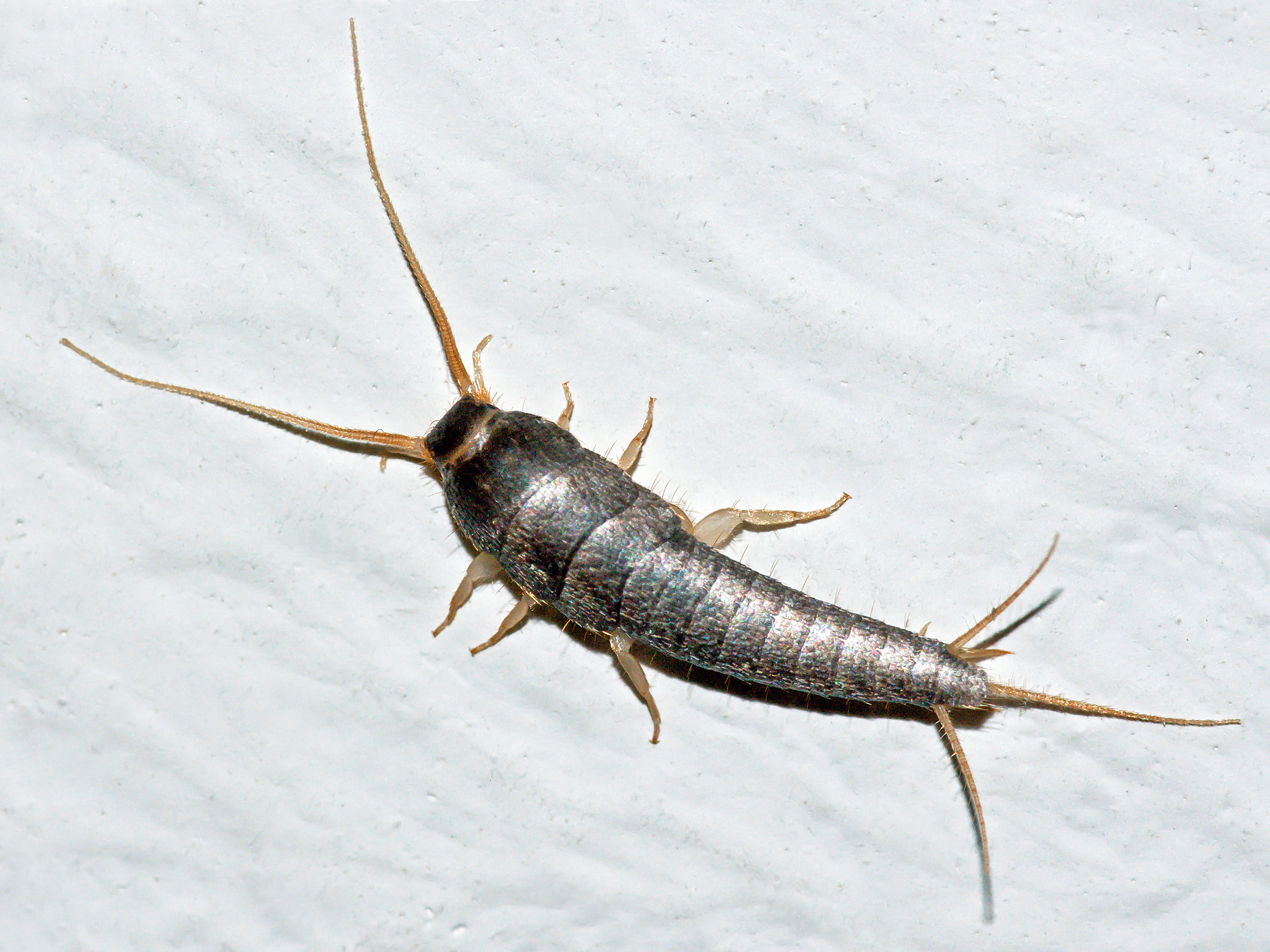
Silverfish are prehistoric survivors that have been around for over 400 million years, and they’ve found modern bathtub drains to be ideal real estate. These wingless insects get their name from their silvery scales and fish-like movements as they dart across surfaces. They’re drawn to drains because of the consistent moisture and the abundance of organic matter they can consume.
These nocturnal creatures are incredibly hardy and can survive for up to a year without food. They feed on starches, sugars, and proteins found in soap residue, hair, and dead skin cells that accumulate in drains. Their flattened bodies allow them to squeeze through the smallest cracks and crevices.
What’s particularly remarkable about silverfish is their molting process – they continue to shed their skin throughout their entire lives, unlike most insects that stop molting after reaching adulthood. This continuous renewal helps them maintain their distinctive metallic appearance and stay flexible enough to navigate tight drain spaces.
The Surprising World of Bathroom Gnats
Fungus gnats often mistake bathtub drains for their preferred habitat of moist soil and decaying organic matter. These delicate insects are attracted to the damp conditions and fungal growth that can develop in drain biofilms. Adult gnats are weak fliers and are often seen hovering near drain openings, particularly during humid weather.
The larvae of fungus gnats are translucent white creatures with black heads that feed on organic debris and microscopic fungi. They can complete their development in the organic layer that forms inside drain pipes, creating a sustainable population that can persist for months. These insects are particularly active during warmer months when humidity levels rise.
Interestingly, fungus gnats serve as indicators of drain health – their presence often signals excessive organic buildup that requires attention. Their sensitivity to water quality changes makes them inadvertent environmental monitors for your bathroom’s ecosystem.
Cockroach Nymphs: The Unwelcome Squatters
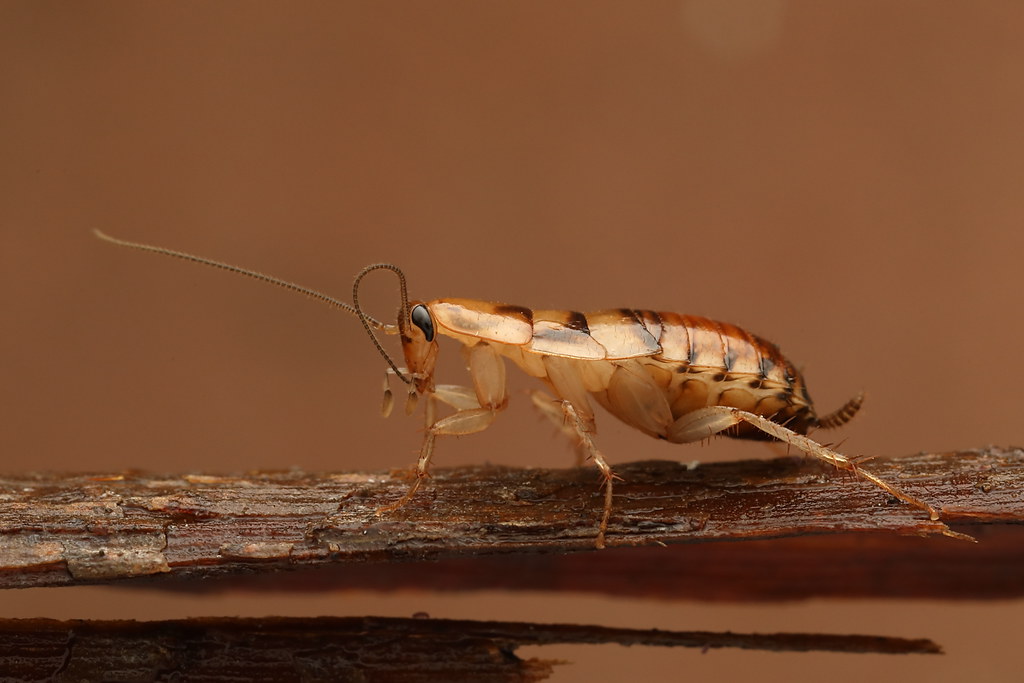
Young cockroaches, known as nymphs, frequently use bathtub drains as highways between different areas of a building. These miniature versions of adult cockroaches are particularly drawn to the warm, humid environment that drains provide. Unlike adults, nymphs are small enough to easily navigate through standard drain openings and pipe connections.
German cockroach nymphs are especially problematic because they develop rapidly in warm, moist conditions. They can mature from egg to adult in just 36 days under optimal conditions, with bathtub drains providing the perfect nursery environment. These nymphs feed on soap residue, hair, and other organic matter that accumulates in pipes.
The most concerning aspect of cockroach nymphs in drains is their ability to spread bacteria and allergens throughout your home’s plumbing system. As they move through pipes, they can contaminate water supplies and spread pathogens that pose health risks to humans.
Centipedes: The Predatory Drain Dwellers
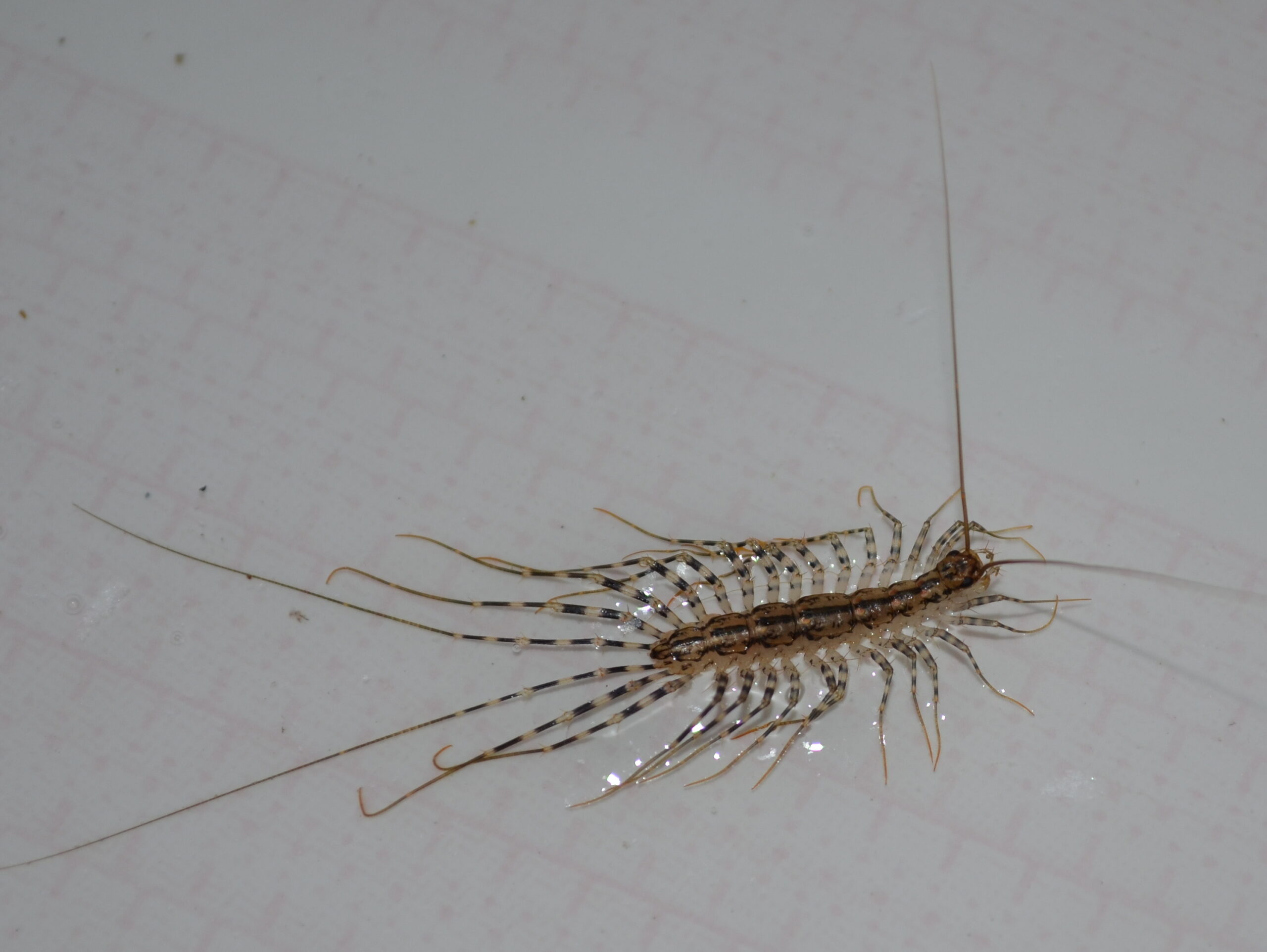
House centipedes are among the most startling creatures you might encounter emerging from your bathtub drain. These arthropods with their numerous legs and lightning-fast movements are actually beneficial predators that hunt other insects living in drain systems. They’re drawn to drains because of the abundance of prey and the moist conditions they require for survival.
Centipedes are remarkably efficient hunters that can capture and consume drain flies, silverfish, and other small insects that inhabit pipes. Their modified front legs contain venom that they use to subdue prey, making them effective biological pest control agents. Despite their fearsome appearance, house centipedes are generally harmless to humans.
These creatures can live for several years and are excellent indicators of a healthy drain ecosystem. Their presence often means that other insects are thriving in your pipes, as centipedes require a steady food supply to survive.
Spider Mites: The Microscopic Colonizers

Spider mites are among the smallest arthropods that can establish populations in bathtub drains. These tiny arachnids, barely visible to the naked eye, are attracted to the humid microenvironments that form in drain biofilms. They feed on organic matter and can reproduce rapidly under favorable conditions.
What makes spider mites particularly interesting is their ability to produce silk, which they use to create protective webs within drain systems. These microscopic webs can trap other small organisms and organic particles, creating complex micro-ecosystems within your pipes. Their reproductive rate is extraordinary – under optimal conditions, they can produce a new generation every 5-7 days.
Spider mites are highly sensitive to environmental changes and can serve as early warning indicators of drain problems. Their populations fluctuate based on moisture levels, temperature, and the availability of organic matter in the drain system.
Springtails: The Moisture-Loving Acrobats
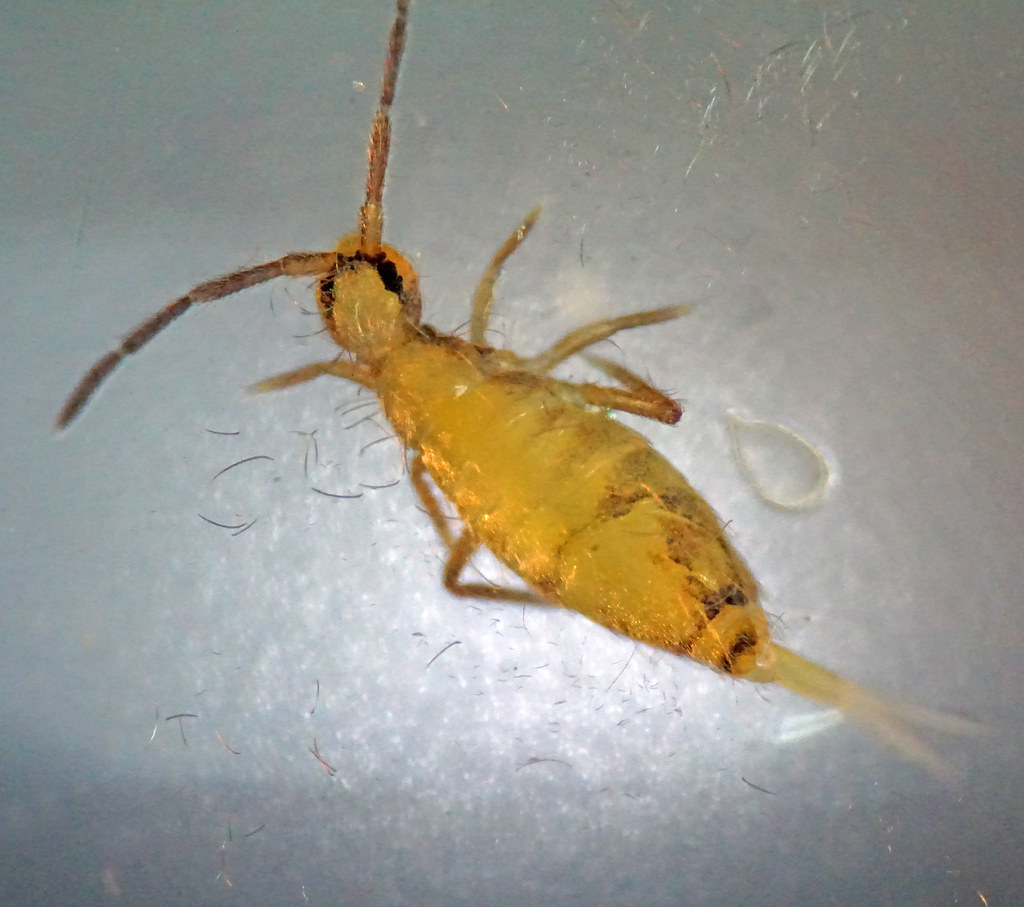
Springtails are primitive insects that excel at life in wet environments, making bathtub drains perfect habitats for these tiny jumpers. These insects get their name from a spring-like appendage called a furcula that allows them to leap remarkable distances relative to their size. They’re typically gray, brown, or black and measure only 1-3 millimeters in length.
These resilient creatures can survive complete submersion in water for extended periods, making them well-adapted to the fluctuating water levels in drain systems. They feed on decaying organic matter, fungi, and bacteria that accumulate in pipes. Their ability to process organic waste makes them important decomposers in drain ecosystems.
Springtails are incredibly abundant – scientists estimate that there can be up to 100,000 individuals per square meter in suitable habitats. In drain systems, they can form large populations that help break down organic matter and maintain the biological balance of the ecosystem.
The Life Cycle Secrets of Drain Inhabitants
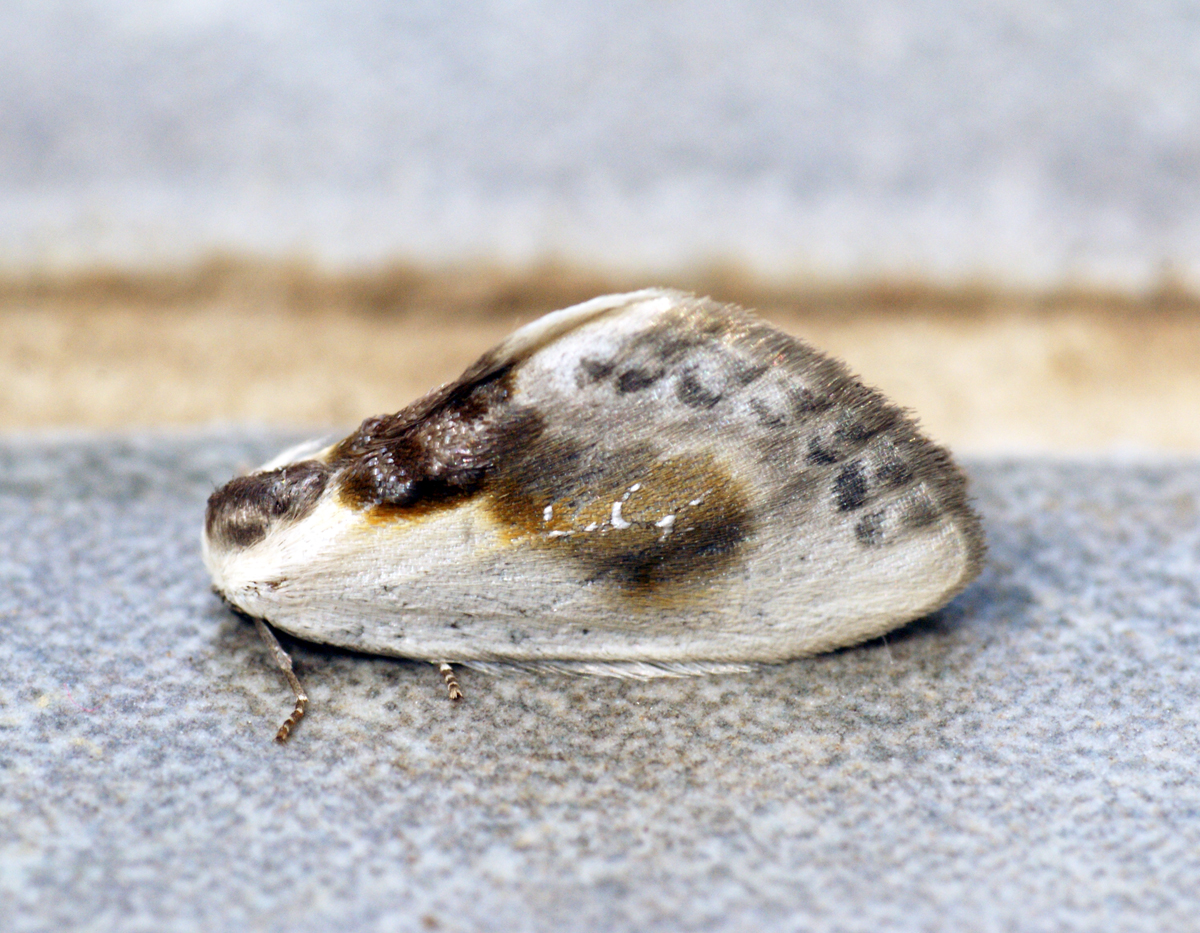
Understanding the reproductive strategies of drain-dwelling insects reveals why these environments are so successful at supporting diverse populations. Most species have adapted their life cycles to take advantage of the consistent conditions found in drains. Temperature fluctuations are minimal, moisture levels remain high, and food sources are continuously replenished.
Many drain insects exhibit what scientists call “r-selected” reproductive strategies, meaning they produce large numbers of offspring quickly. This approach allows them to rapidly colonize new drain systems and recover from population crashes caused by cleaning or other disturbances. The constant flow of organic matter through drains provides a renewable food source that supports these high reproductive rates.
The overlap of different species’ life cycles creates complex interactions within drain ecosystems. Predator-prey relationships, competition for resources, and symbiotic partnerships all play out in the confined space of your plumbing system.
Seasonal Patterns and Migration Routes
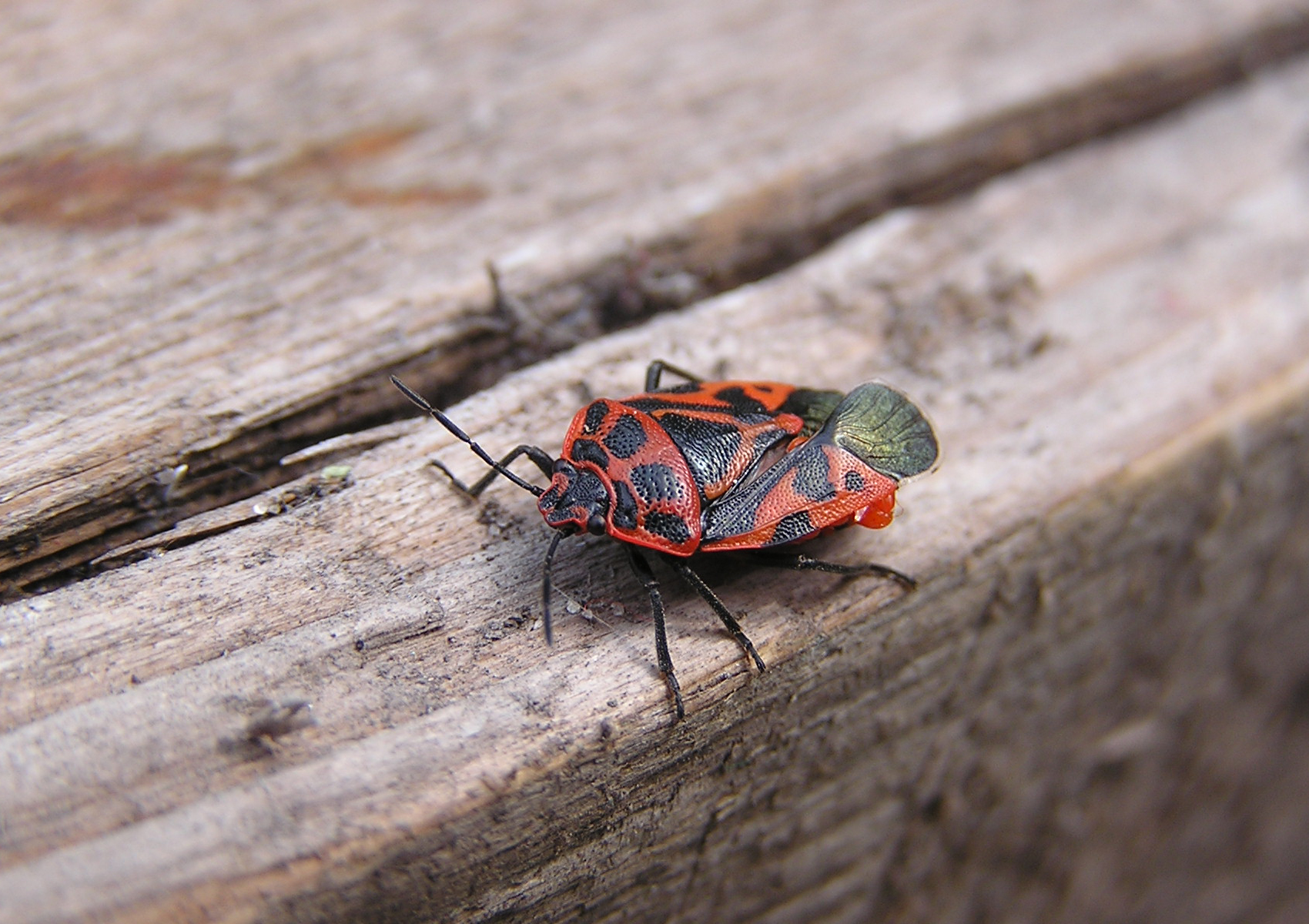
Drain-dwelling insects exhibit distinct seasonal patterns that reflect changes in temperature, humidity, and human activity. During summer months, increased water usage and higher temperatures create ideal conditions for rapid reproduction. Many species time their peak activity to coincide with these favorable conditions.
Winter presents different challenges, with some species entering dormancy or significantly reducing their activity levels. However, the insulated environment of indoor plumbing systems provides a refuge from harsh external conditions. This protection allows populations to survive cold periods and quickly rebound when conditions improve.
Migration patterns within building plumbing systems are complex and often follow predictable routes. Insects move between drains, seeking optimal conditions for feeding and reproduction. Understanding these movement patterns helps explain why treating one drain may not eliminate entire populations.
The Hidden Ecosystem of Biofilms
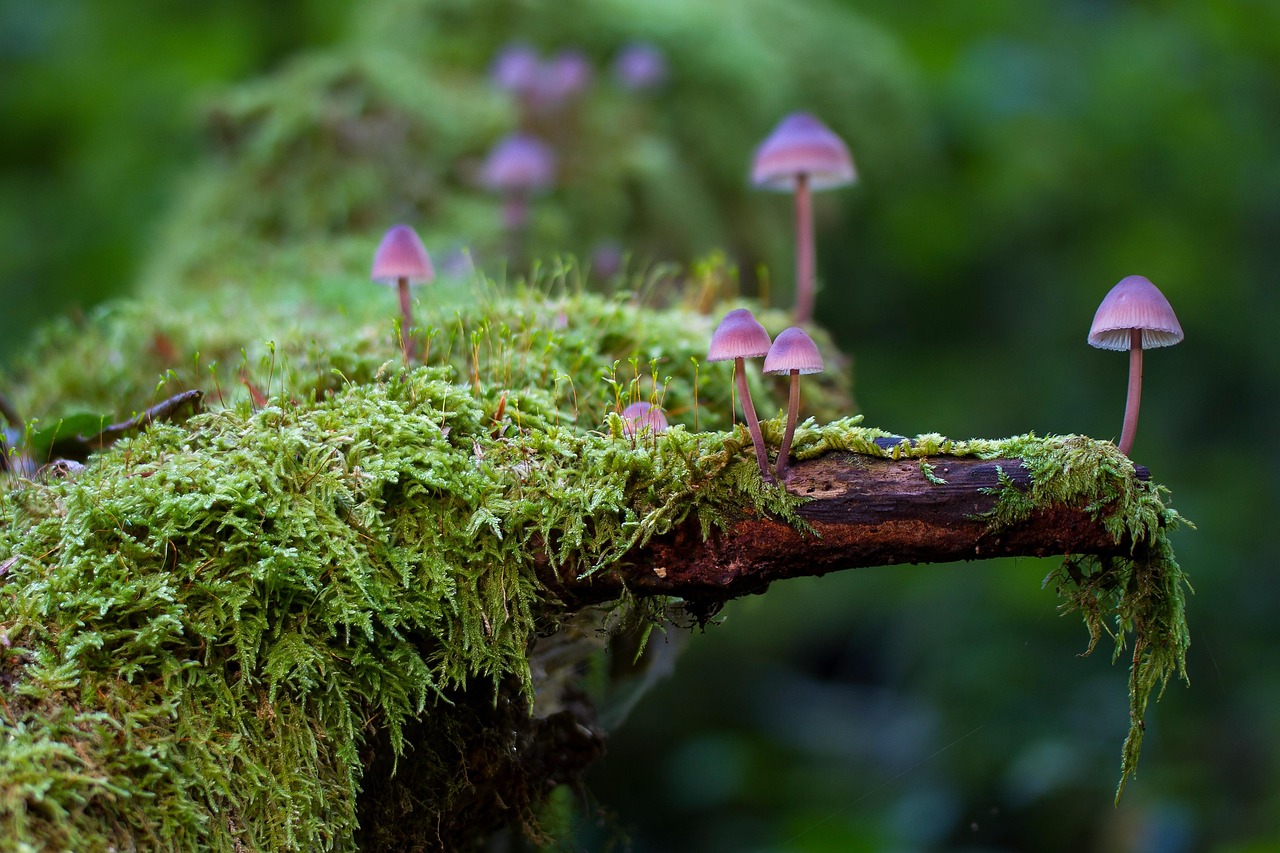
The foundation of drain ecosystems is the biofilm – a complex community of bacteria, fungi, and organic matter that forms on pipe surfaces. This slimy layer provides both habitat and food for the insects that colonize drains. Biofilms can be remarkably diverse, containing dozens of microbial species that create a rich nutritional environment.
The structure of biofilms creates microhabitats with different oxygen levels, pH conditions, and nutrient concentrations. This diversity allows multiple insect species to coexist by exploiting different ecological niches within the same drain system. Some insects graze on the surface of biofilms, while others burrow into deeper layers.
Biofilm formation is influenced by water chemistry, flow rates, and the types of materials that enter the drain. Understanding these factors helps explain why some drains become heavily colonized while others remain relatively free of insects.
Adaptation Strategies for Extreme Conditions
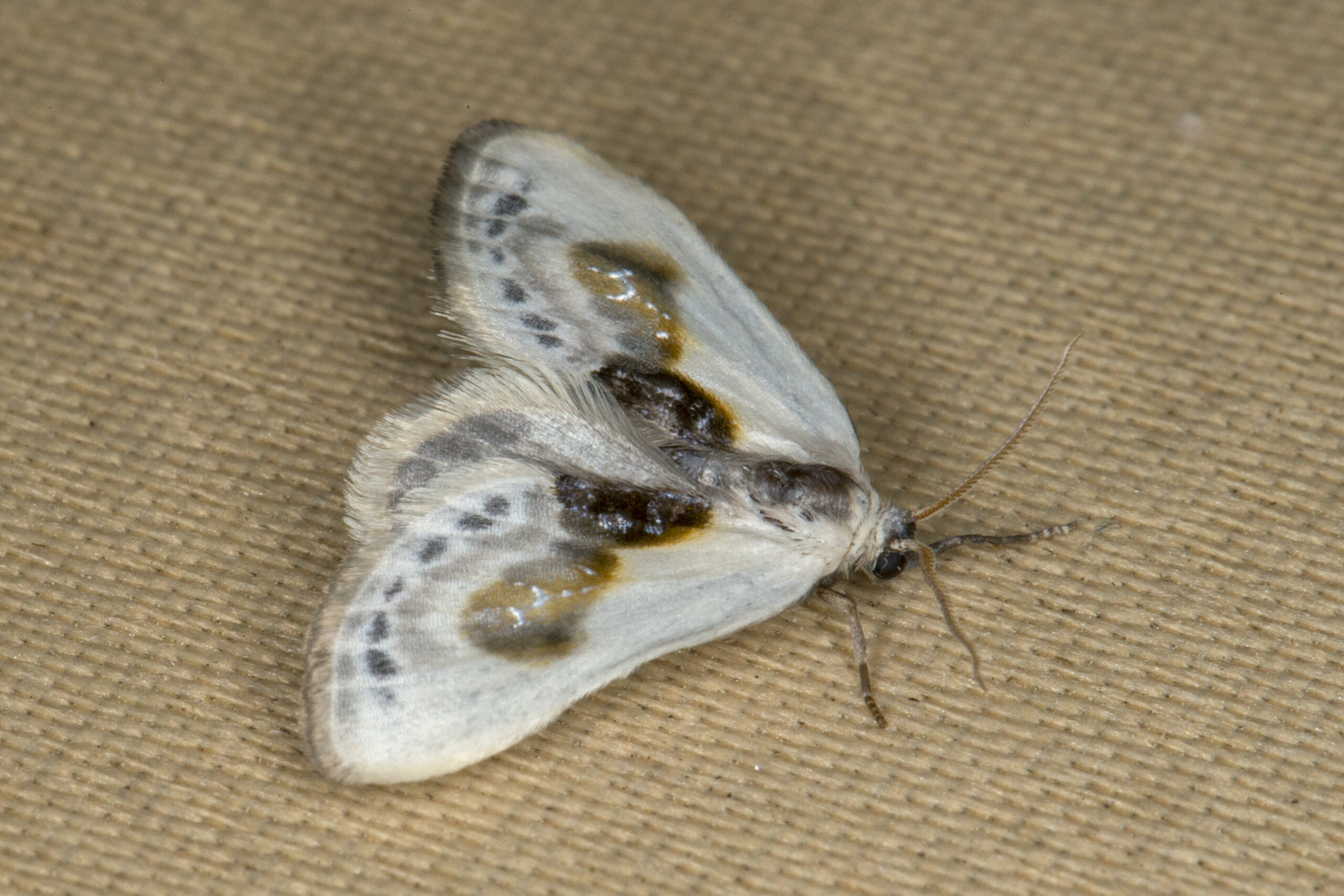
Drain-dwelling insects have evolved remarkable adaptations to survive in environments that would challenge most other organisms. The ability to tolerate low oxygen levels is crucial, as standing water in drains can become depleted of dissolved oxygen. Many species have developed specialized respiratory systems or behavioral adaptations that allow them to access oxygen-rich areas.
Chemical tolerance is another critical adaptation, as drains are regularly exposed to soaps, detergents, and cleaning agents. Some insects have evolved resistance to these chemicals, while others have developed behavioral strategies to avoid exposure during cleaning events. The timing of emergence and activity patterns often correlates with periods of reduced chemical stress.
Physical adaptations include modifications to body structure that facilitate movement through tight spaces and attachment to wet surfaces. Specialized hairs, claws, and body flexibility allow these insects to navigate the challenging terrain of drain pipes and maintain their position against water flow.
The Role of Water Chemistry
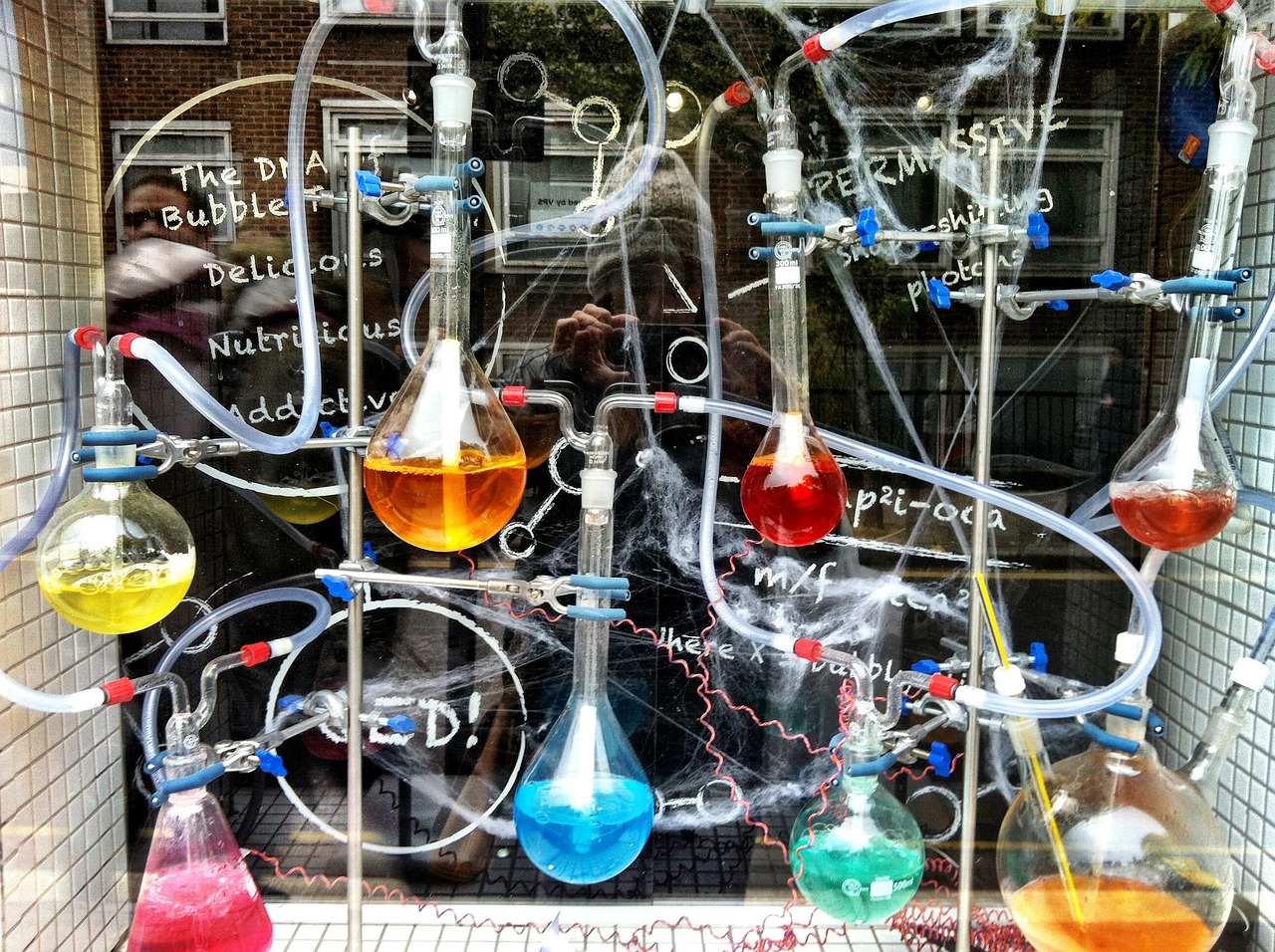
Water chemistry plays a crucial role in determining which insects can successfully colonize bathtub drains. pH levels, dissolved minerals, and organic content all influence the types of organisms that can survive and thrive. Hard water with high mineral content can create different biofilm compositions compared to soft water systems.
The presence of chlorine and other water treatment chemicals creates additional challenges for drain-dwelling insects. Some species have developed tolerance to these chemicals, while others are quickly eliminated by even small concentrations. This chemical sensitivity explains why insect populations can fluctuate dramatically following changes in water treatment protocols.
Temperature variations in water also affect insect development and activity levels. Hot water from showers and baths can create thermal stress, while cold water periods may slow development. The thermal mass of plumbing systems helps buffer these temperature changes, creating more stable conditions for insect populations.
Natural Predator-Prey Relationships
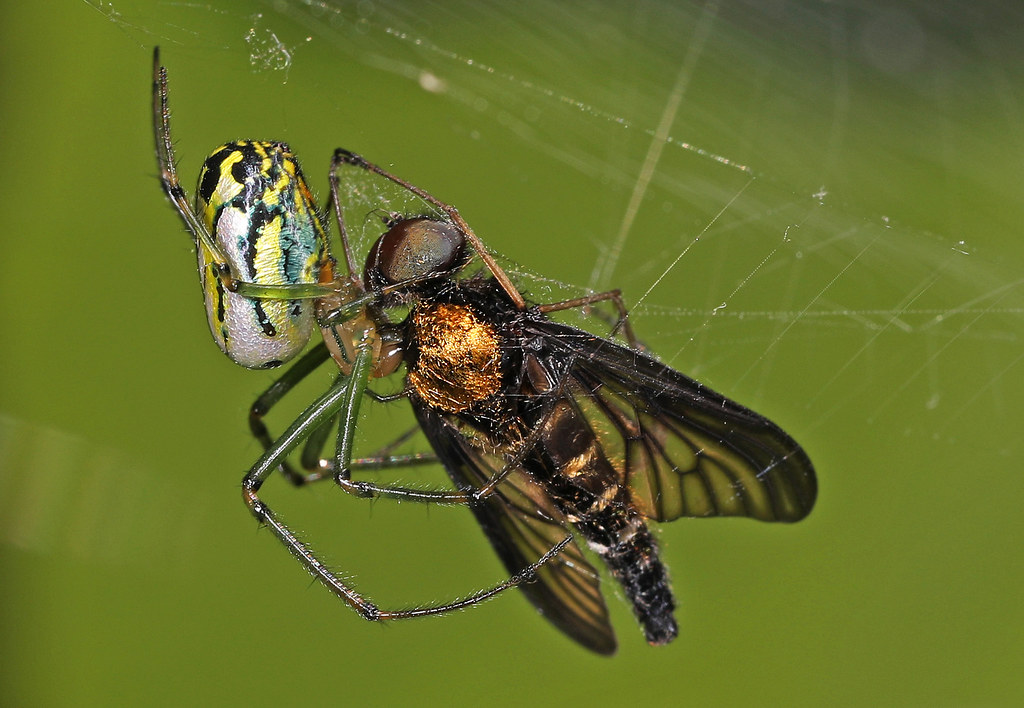
Complex predator-prey relationships exist within drain ecosystems, creating natural population control mechanisms. Centipedes and spiders hunt smaller insects, while some fly larvae are predatory and consume other organic matter. These interactions help maintain ecological balance and prevent any single species from dominating the system.
The presence of predators can actually indicate a healthy drain ecosystem, as it suggests sufficient prey populations to support higher trophic levels. However, these relationships can be disrupted by human activities such as cleaning or chemical treatments. Understanding these natural controls helps explain why some drains seem to maintain stable insect populations while others experience dramatic fluctuations.
Cannibalism is also common among some drain-dwelling species, particularly during periods of resource scarcity. This behavior helps populations self-regulate and survive through difficult conditions when external food sources are limited.
Signs of Infestation and Identification
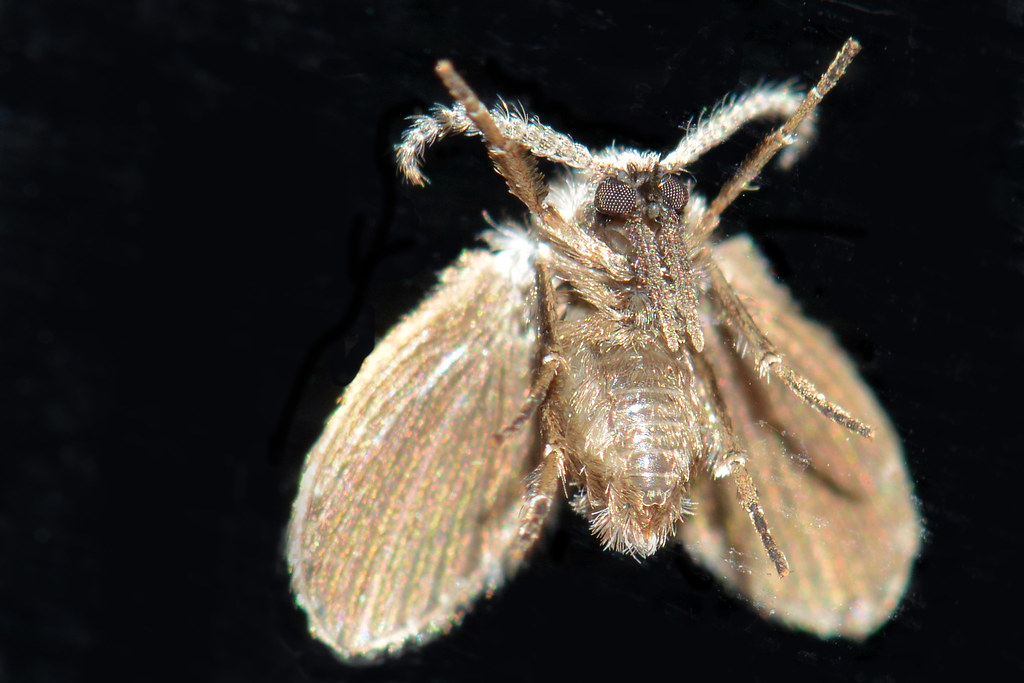
Recognizing the signs of drain-dwelling insect populations is essential for effective management. Visual sightings of adult insects emerging from drains are the most obvious indicator, but other signs include unusual odors, gurgling sounds, or slow drainage. The timing of these observations can provide clues about which species are present.
Different insects leave characteristic evidence of their presence. Drain flies create small, dark spots around drain openings where they rest. Silverfish leave behind shed skins and small, irregular holes in organic materials. Springtails may be seen jumping near drain openings, particularly when disturbed.
The seasonal timing of infestations can help with identification and management strategies. Some species are more active during specific times of year, while others maintain steady populations throughout the year. Understanding these patterns helps predict when interventions might be most effective.
Conclusion

The hidden world of bathtub drain ecosystems reveals nature’s incredible ability to adapt and thrive in unexpected environments. From the prehistoric silverfish to the acrobatic springtails, these insects have transformed our plumbing systems into complex habitats that support diverse communities. Their presence reminds us that life finds a way to flourish even in the most overlooked corners of our homes.
Understanding these drain-dwelling creatures provides insights into broader ecological principles and the resilience of life in challenging environments. Their adaptations to extreme conditions, complex life cycles, and intricate relationships demonstrate the sophistication of even the smallest ecosystems. The next time you peer into your bathtub drain, remember that you’re looking into a miniature world full of evolutionary marvels.
What fascinates you more – the fact that these tiny ecosystems exist right under our noses, or the incredible adaptations that allow these creatures to thrive in such challenging conditions?
